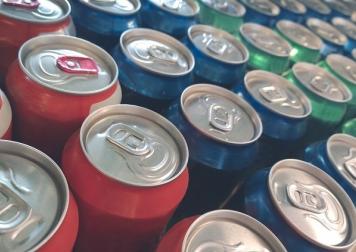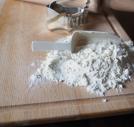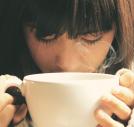Can Low Blood Sugar or High Blood Sugar Cause Nightmares?
Both low blood sugar (hypoglycemia) and high blood sugar (hyperglycemia) can cause any of a list of reactions in the body. Among these are sleep disturbances, which may manifest as nightmares.
Hypoglycemia
Hypoglycemia has many causes. We all require certain levels of glucose in our systems to maintain energy levels. For the non-diabetic, in the absence of certain disorders, this is generally not an issue, as the metabolic process automatically balances the levels of glucose and insulin in our bodies.
For the diabetic, particularly one who is using insulin and/or other medications to manage their glucose levels, the continuing balance might be more difficult to achieve.
Some causes of hypoglycemia include an overdose of insulin; a dose of insulin combined with a skipped meal; a reaction to a combination of diabetic medications; exercise that isn’t factored into insulin dosing; or any of a number of other medical problems, including tumors and hormonal disorders.
Once blood sugar drops below certain levels, the body releases epinephrine, signaling an emergency to the body. This, in turn, causes the symptoms experienced by those who have hypoglycemia.
Hypoglycemia does not only occur during the day. In fact, the onset of hypoglycemia during the nighttime hours is not at all uncommon. While it might be easy to spot the symptoms of a serious drop in blood sugar levels while awake (shakiness, sweating, confusion, blurred vision, tingling or numbness of the tongue or lips, lightheadedness or dizziness, among other symptoms), recognizing the problem during the night is more difficult, and potentially more critical.
Nighttime onset of hypoglycemia can manifest as nightmares or crying out during sleep, excessive sweating, and confusion and irritability upon waking.
It is critical to treat hypoglycemia quickly. While mild hypoglycemia will do little more than making the patient feel ill, serious hypoglycemia can be life-threatening. A quick injection of glucagon, a dose of glucose gel or tablets, a glass of juice or milk or non-diet soda, a handful of raisins, or a teaspoon of sugar, honey or corn syrup will usually be sufficient to bring sugar levels up to a normal range. Failure to do so can lead to complications, including seizures or unconsciousness.
Hyperglycemia
Hyperglycemia is a symptom of uncontrolled or poorly controlled diabetes. High blood glucose is considered to begin at a level of 200 mg/dl; the higher that number, the more severe the hyperglycemia.
Mild hyperglycemia is diagnosed when blood glucose levels are between 200 mg/dl and 350 mg/dl. Symptoms include increased thirst; increased urination; weight loss; and increased appetite.
Moderate to severe hyperglycemia is diagnosed above 350 mg/dl. Symptoms could include blurred vision; lightheadedness; hot, dry skin; extreme thirst; restlessness; drowsiness, or difficulty awakening.
While nightmares have not been found to be directly associated with hyperglycemia, except anecdotally, restlessness and feeling ill during sleep might lead to sleep disruptions, including bad dreams.
Sources: National Institutes of Health, American Diabetes Association, WebMD
Photo: Pixabay



































